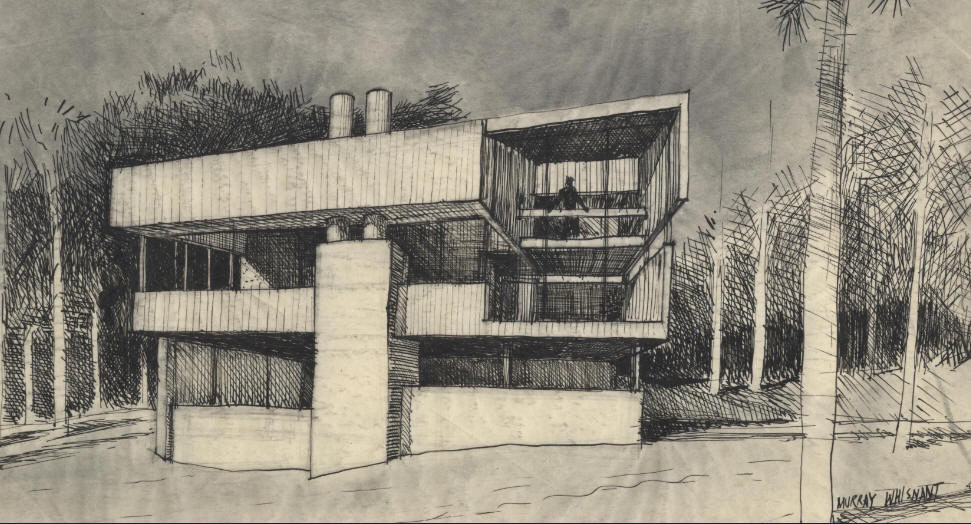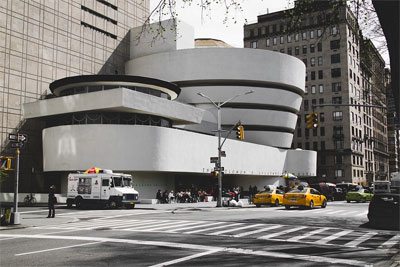“One could say that the “center” from BMC actually migrated from the Lake Eden site, underground and below Fort Mountain so to speak (or else along a mountain pathway on the Blue Ridge Parkway) to Boone and Appalachian State University, where it surfaced in 1972 in Watauga College and has been bubbling up ever since.”~ Maggie McFadden, former faculty of Watauga College

"Students from Watauga Residential College collaborating together, an aspect of education that was important to Black Mountian College" Courtesy Appalachian State University
Black Mountain College was never supposed to be an art school. It was supposed to focus on process rather than product, but great art was produced anyway. Many of the most famous artists of the mid-20th century were alumni. Of the 1,200 students, a large number went on to be famous, featured in important artistic circles like the Guggenheim and New York City Ballet. A partial list includes:
Josef Albers- Teacher, writer, painter, and color theorist
Anni Albers- Known for textile work
Jacob Lawrence- Created art portraying African-American life
Merce Cunningham- Dance Choreographer
John Cage- Poet
Cy Twombly- Abstract Painter, sculptor, and photographer
Kenneth Noland- Abstract artist
Susan Weil- Mixed-media artist
Vera B. Williams- Children's author and illustrator
Ben Shahn- Known for artistic works depicting social injustices
Ruth Asawa- Famous maker of wire sculptures
Franz Kline- Abstract artist
Arthur Penn- Movie director
Buckminster Fuller- Inventor of the geodesic dome, the only large dome that can be set directly on the ground and that has structural integrity no matter its scale.
M.C. Richards- Potter, poet, and author
Robert Creeley- Poet
Dorothea Rockburne- Artist
Charles Olson- Poet
Francine du Plessex Gray- Author

"1970's- The Maud Gatewood Residence (unbuilt) by Murray Whisnant" Courtesy NC Modernist .
